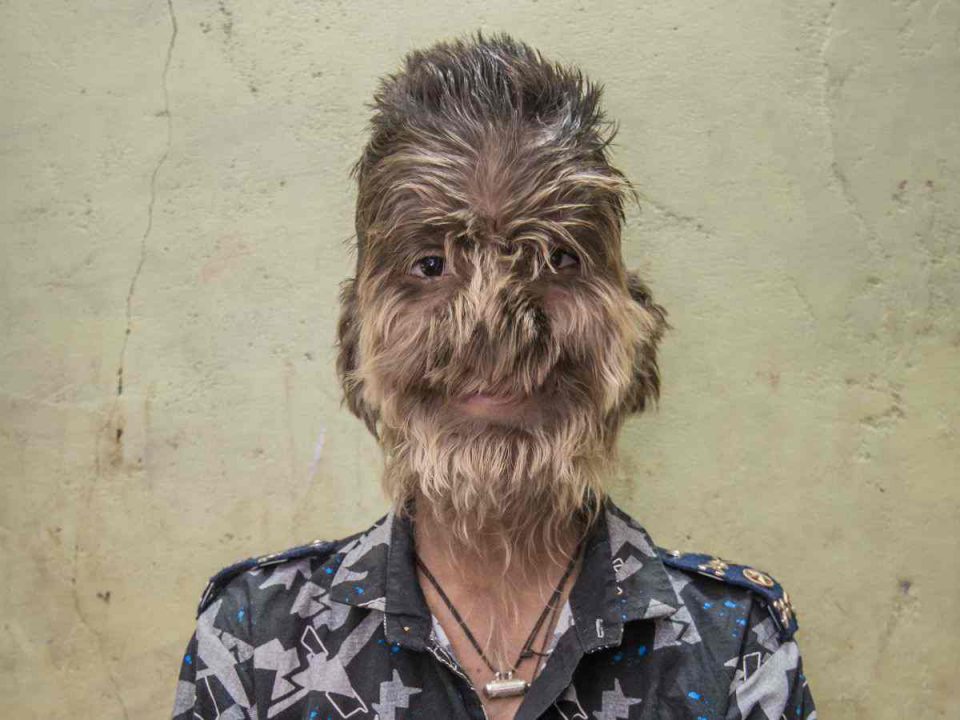Hypertrichosis is a disease that causes hair to grow excessively in various parts of the body like on the face, body, lips. Formally it is named werewolf syndrome as it resembles a werewolf. It occurs both in men and women, but it’s very rare, sometimes we don’t often see one with that disease in our lives. Surprisingly, this disease may stop during puberty or may increase in that period.
Types of hypertrichosis:
Congenital hypertrichosis lanuginosa: It first appears during the birth of a newborn baby. Generally, the hair of the newborn baby fades away with time but due to this disease, the soft hair continues to grow all over the body.congenital hypertrichosis terminalis- Hair appears during birth and continues throughout the life which is generally thick that covers the face and body of the person.
Nevoid hypertrichosis– This is an uncommon disorder where the hair grows as a patch on a particular area of the body.
Hirsutism– This growth of thick hair grows only in particular places for women especially.
Acquired Hypertrichosis– The lanugo(soft hair generally occurs after the birth of a baby) hair occurs around and on the face in adulthood.
Cause of Hypertrichosis-The first way is when it is inherited from an autosomal dominant method. It is the reactivation of genes that used to be present during the existence of early man. Early men used to live with abnormal hair growth on their bodies, but we as evolved species don’t have them right now.Another case that involved a Burmese family suffering from CHL had a very high rate of carrying forward this disease for up to almost four generations.Talking about the other way, In Spain due to certain medications or exposure to chemicals, an outbreak of hypertrichosis took place.Apart from that, it may be caused due to malnutrition, eating disorders like anorexia Nervosa, cancer, porphyria cutanea tarda( skin being sensitive to light).It also occurs by repeated scratching of a specific part of our body due to itching.
Symptoms of hypertrichosis.
Vellus– the follicles of this hair are less than 1/13th of an inch long, according to the Indian Journal of endocrinology and metabolism.
They may be present at the back of your ears, soles of your feet, lips, and palms.
Lanugo– This is the hair that is soft and grown on a newborn baby without pigments. These are removed by either shaving or waxing.
Terminal– Long hair which is usually thick and dark. Bad and undeveloped enlarged gums may be a sign of this ailment.
Treating hypertrichosis-.
This can be treated temporarily or long term based on our convenience.
temporary treatments include- Waxing, shaving, chemical epilation, plucking, and hair bleaching. These are painful and sometimes cannot be accessed to all parts of the body.Long-term solutions consist of destroying individual hair follicles by emitting small charges known as electrolysis.
Laser treatment involves shooting a special type of laser on your hair causing you to lose your hair.

